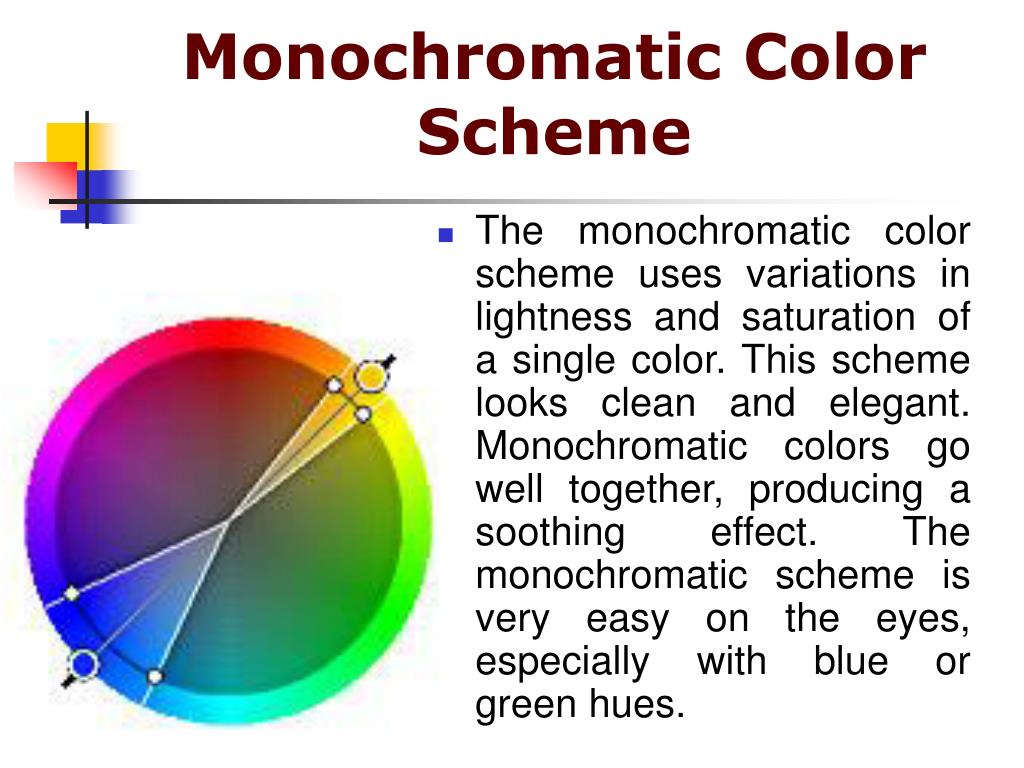
Night vision devices, for example, typically produce monochromatic green images because they make it easier to see contrast in low-lighting environments. Many electronic devices still use monochrome displays today. They quickly became the standard, and the rise of LCD screens eventually replaced monochromatic CRT monitors altogether. In the 1980s, multi-color displays became more popular among consumers. With these displays, all characters and graphics that the computer generated would appear in that single color. Early CRT computer monitors usually displayed only one color-typically green, amber, or white-on a black screen. Monochrome images also appear in electronic device displays. Theodore Roosevelt at Montauk Point in 1898 (Source: Library of Congress )ĭaguerreotype of the editorial staff of the New York Tribune between 18 (Source: Library of Congress ) Electronics Examples of black and white film photography, cyanotype, and daguerreotype images are below:īlack and white film negative of Coretta Scott King at the Democratic National Convention in 1976 (Source: Library of Congress )Ĭyanotype of Col. However, early photography methods like daguerreotypes and cyanotypes preceded film as monochromatic mediums. Multi-color photography didn’t emerge as an easy-to-use consumer medium until the 1930s, and even then black and white film was more common because it was less expensive.

The most common monochrome visual art medium is film photography.

Uses of monochromeĪlthough monochromatic color schemes can be found in industries like fashion and interior design, they are most common in visual art and electronic displays. Some electronic devices-especially older ones-display monochrome images by default. A grayscale picture is a common example of monochromatic imagery, but monochrome images can also use variations of different hues like sepia or cyan.

Monochrome is a visual art characteristic in which an image is composed of varying shades of the same color.


 0 kommentar(er)
0 kommentar(er)
